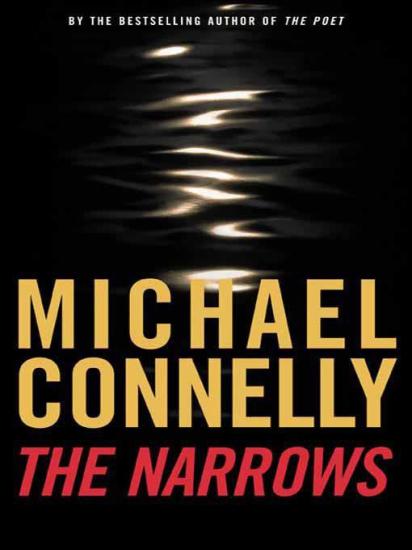
Series: Book 10 in the Harry Bosch series
Rating: ****
Tags: Bosch; Harry (Fictitious character), Michael Connelly, Private investigators, Serial murders, Mystery & Detective, Political, Police Procedural, Hard-Boiled, Crime, Fiction, Los Angeles (Calif.), Suspense fiction; American, Thrillers, Los Angeles River (Calif.), General, Detective and mystery stories; American, Lang:en
Summary
There's a gravitas to the mystery/thrillers of Michael
Connelly, a bedrock commitment to the value of human life and
the need for law enforcement pros to defend that value, that
sets his work apart and above that of many of his
contemporaries. That gravitas is in full force in Connelly's
newest, and as nearly always in the work of this talented
writer, it supports a dynamite plot, fully flowered
characters and a meticulous attention to the details of
investigative procedure.There are also some nifty hooks to
this new Connelly: it features his most popular series
character, retired L.A. homicide cop Harry Bosch, but it's
also a sequel to his first stand-alone,
The Poet (1996), and is only his second novel (along
with
The Poet) to be written in both first and third
person. The first-person sections are narrated by Bosch, who
agrees as a favor to the widow to investigate the death of
Bosch's erstwhile colleague and friend Terry McCaleb (of
Blood Work and
A Darkness More Than Night). Bosch's digging brings
him into contact with Rachel Walling, the FBI agent heroine
of
The Poet, and the third-person narrative concerns
mostly her. Though generally presumed dead, the
Poet—the serial killer who was a highly placed Fed and
Walling's mentor—is alive and killing anew, with, we
soon learn, McCaleb among his victims and his sights now set
on Walling. The story shuttles between Bosch's California and
the Nevada desert, where the Poet has buried his victims to
lure Walling. The suspense is steady throughout but, until a
breathtaking climactic chase, arises more from Bosch and
Walling's patient and inspired following of clues and dealing
with bureaucratic obstacles than from slash-and-dash: an
unusually intelligent approach to generating thrills.
Connelly is a master and this novel is yet another of his
masterpieces.
With a writer of Connelly’s popularity, particularly
one that works with a regular cast of characters, mixed
reviews are to be expected. Each successive book opens the
possibility of a narrative letdown. Part of Connelly’s
decision to collate a few of his most enduring characters
into
The Narrows was to address concerns many fans had
with the ending of
The Poet. Though it strikes a few critics as a risky
move that doesn’t bear repeating, the general consensus
is that Connelly pulls the sequel off. Some reviewers
disagree about whether the back-story is ample enough for the
uninitiated. But whether
The Narrows is his best or his worst work, its has
elements of both, and plenty of the subtle characterization
and gripping storyline that fans have come to expect from
Connelly.
Copyright © 2004 Phillips & Nelson Media,
Inc.
From Publishers Weekly
Copyright © Reed Business Information, a division
of Reed Elsevier Inc. All rights reserved.From